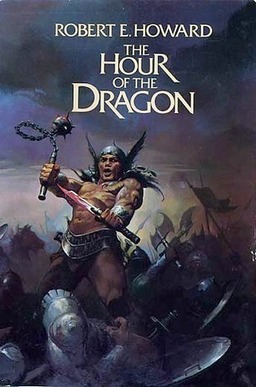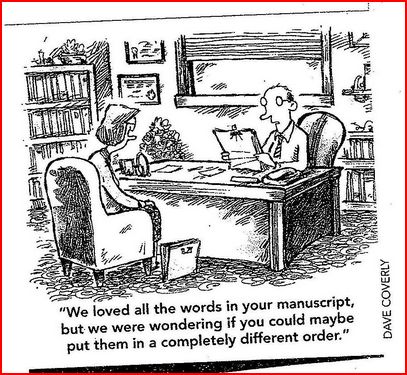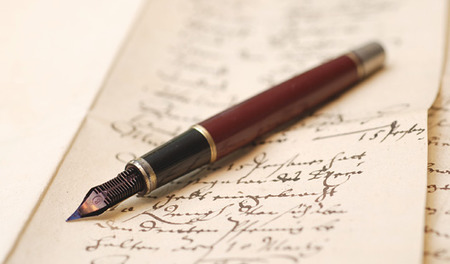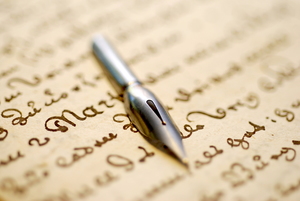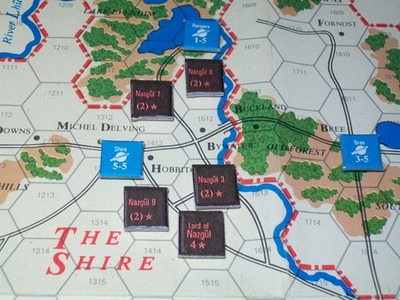Heroes and Antiheroes
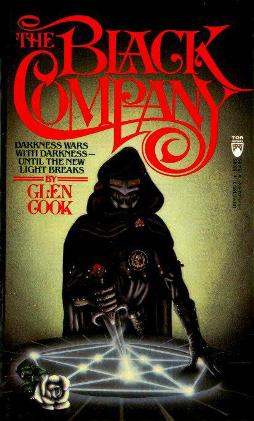
We’re all familiar with heroes. They claim the central role in most fantasy stories. They are, well, heroic — usually noble, brave, and good. They are often the kind of people we wish we could be in real life. Superman, Wonder Woman, and Captain America are iconic heroes. So is Luke Skywalker. The good guys.
Antiheroes are also the leading characters in their stories, but they lack some (or all) of those traditional heroic traits. They have flawed personalities. The new Dark Knight and Wolverine are comic book antiheroes. In Star Wars, Han Solo is the antihero, always looking out for himself (until he finds love and changes his ways).
In fantasy, we have been treated to a plethora of both kinds of heroes. For every Conan, there is an Elric of Melnibone. For every Rand al’thor, there is a Thomas Covenant. Heck, The Black Company by Glen Cook features antiheroes almost exclusively.
When I begin preparing to write a new book, one of the first things I do is decide who my main character will be. In that process, I work out whether I’m going to feature a hero or an antihero. And it’s a big decision. Massive, in fact, because it affects every other aspect of the story.
The main character in Shadow’s Son is an assassin. I gave him some heroic traits—physical courage and stamina — but he’s not a nice guy. Instead of brooding about his life as a professional killer, he accepts it. As a result, we see more of the underbelly of society in that series, from Caim’s perspective.
Whereas if I had chosen an idealistic young knight or captain of the guard as the main character, the entire series would have been portrayed in a different light. Indeed, in the later books I use just such a character (Josephine) as a counter-balance to Caim’s story.
So which is better, the hero or antihero?



